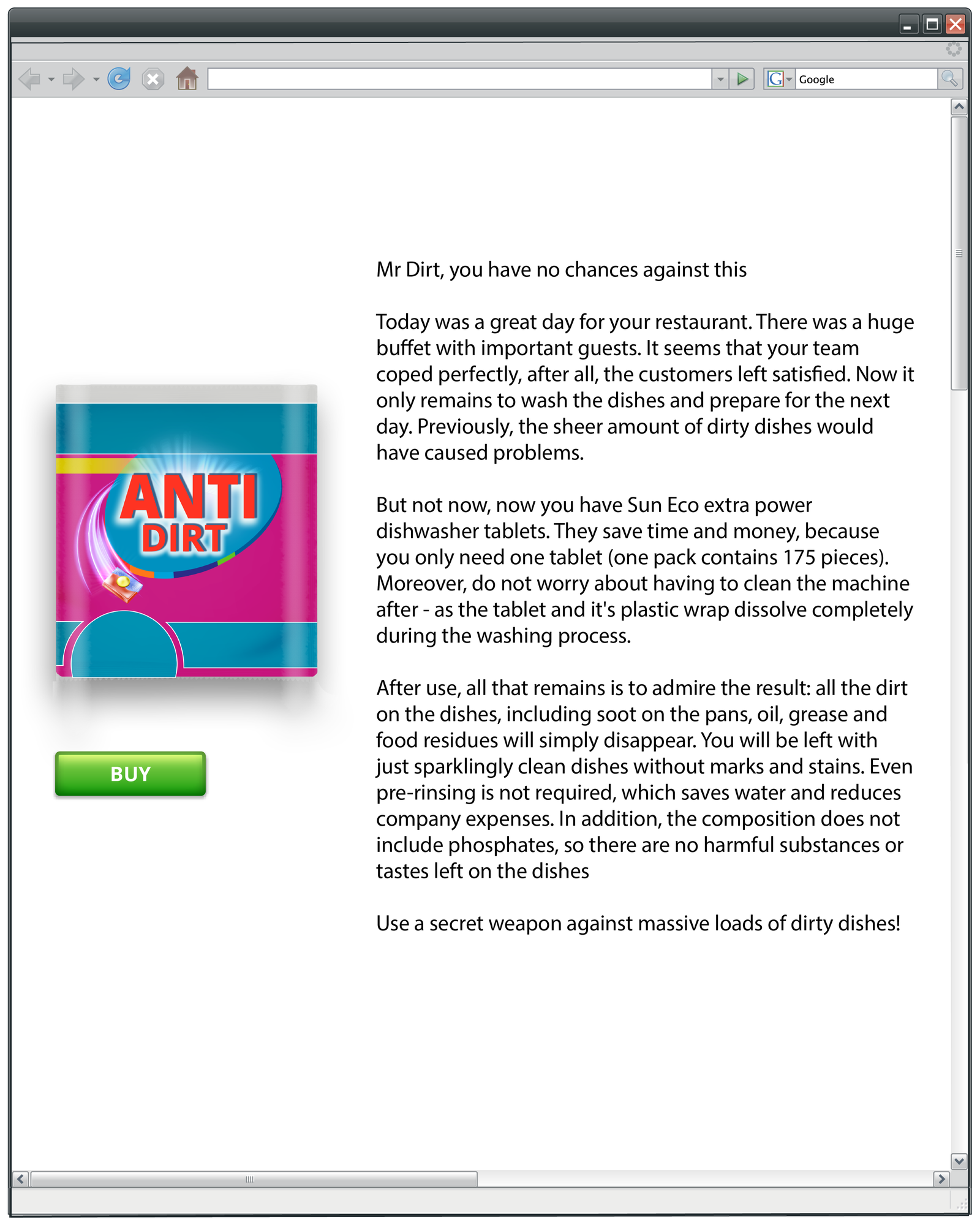

These cash transfers give people more choice, protect them from financial exploitation, and support the local economy. In places where food is available but unaffordable, we give vulnerable people cash or vouchers to buy nutritious ingredients. WFP distributes food in areas where it is scarce. We also review our response together with impartial assessors to inform and improve our future work. When the situation has stabilized, WFP either withdraws staff and other resources, or implements longer-term programmes that protect and improve people’s livelihoods. We provide food, ideally buying it locally, or opt for cash assistance where local markets are functioning.Īn emergency may last a few months or several years. We provide communities with food, cash or a combination of both, depending on the emergency context and people’s urgent needs. We work with government agencies, local authorities, emergency partners and, above all, the affected communities themselves to identify places and people in most need, using innovative methods including geospatial technology. We also call upon the Logistics, Telecommunications and Food Security clusters to ensure the humanitarian community’s needs are fully covered. We organize WFP and partners’ supplies and staff to be shipped via the UN Humanitarian Air Service and network of UN Humanitarian Response Depots. When an emergency strikes, we use the information at hand to organize our response and launch our operation, rapidly deploying skilled emergency personnel and working with hundreds of partners, including sister UN agencies and local NGOs. WFP is continuously scanning the world for potential risks to vulnerable populations.

We provide life-saving support to people at risk of going hungry, and we coordinate the response of the global humanitarian community to large-scale emergencies. It might look a bit complicated at this point, but once we add the formulas, this all calculates automatically, all you have to do is put in your savings amount each month.WFP is one of the first agencies on the ground in global emergencies caused by conflict, climate shocks, pandemics and other disasters.
ANOTHER WORD FOR SAVING TIME AND MONEY FREE
If you have any questions, feel free to email me.
ANOTHER WORD FOR SAVING TIME AND MONEY HOW TO
This tutorial goes into detail on how to set up a savings tracker in Excel, but it assumes some basic Excel understanding.

The most important thing is to do what works for you.īelow is the system I use. Now, you can create a much simpler spreadsheet if you prefer, or you can just use an exercise book and pen, which is how I tracked my savings for years. The rest of this post is all about how to do this in Excel. If you’ve calculated how much you need in advance, there’s no need to track your savings goals unless you like to watch your progress for motivation, or you’re a data lover like me. Step one: (this one is the most important) automate your savings. It’s important to note that this is a two-step system. That’s all the time I now spend on budgeting, and yet we now find it easier to stick to our budget than we ever did when I was tracking expenses.

Updating this spreadsheet takes about 3 minutes a fortnight, a few minutes longer if I’m paying bills. These days you can have multiple savings accounts to separate your savings, but I find it easier to manage a single account and then use an excel spreadsheet to allocate a single savings amount to different savings goals and expenses. It’s not essential, but it’s motivating keeping track of your goals. Want to keep track of how much you’ve saved towards your upcoming bills?Įven though we stopped keeping a traditional budget and moved onto a more effective budgeting system, I still like to track our individual savings goals.


 0 kommentar(er)
0 kommentar(er)
